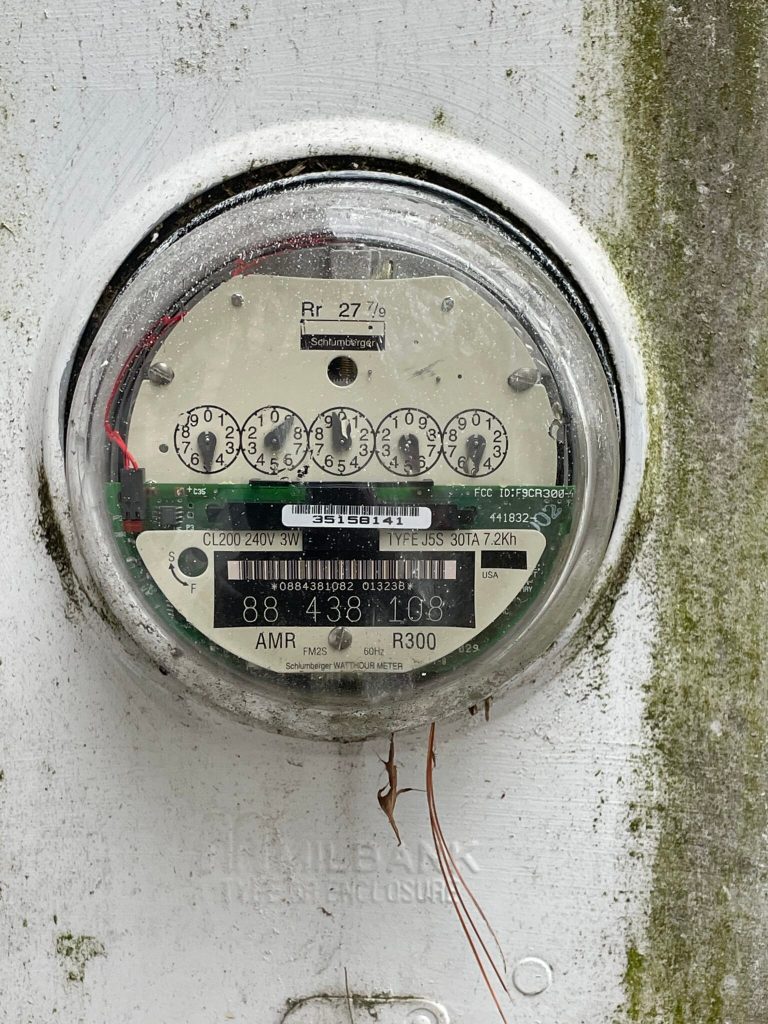THE DEPARTMENT of Public Utilities approved a major overhaul of the way discounts on electricity rates are offered to low-income customers, using a National Grid rate decision to offer more relief to those who need it most.
National Grid currently offers a 32 percent discount on electric bills to customers with incomes at or below 60 percent of the Massachusetts statewide median income, which works out to $59,359 for a family of two and $87,294 for a family of four.
The DPU decision authorizes National Grid to move to a tiered discount approach by June 2025, replacing the 32 percent flat rate with a five-tier system providing discounts ranging from 32 percent to 71 percent depending on income level.
The approach provides more relief to those who need it most, with the goal of holding electric bills to no more than 3.4 percent of a customer’s income.
The tiered approach is also more expensive than the flat rate, with the extra cost being picked up by customers who don’t qualify for the discounts. No cost estimate was included in the DPU’s decision, but National Grid, in its original filing, indicated its proposal would cost $173 million and the bill impact would be $2.47 a month for customers not receiving discounts. The cost is likely to end up being higher because the DPU approved higher discounts than what National Grid proposed.
The new discount rate structure was approved as part of a five-year National Grid rate decision. National Grid, which provides electricity to 1.3 million customers in the middle part of Massachusetts as well as areas north and south of Boston, received a 3 to 3.5 percent increase in its base rates.
The base rate increase is expected to drive up customer bills in the first year by $6 to $7 a month. Rates in future years will depend on how well the company does in achieving certain goals, including signing up more low-income customers for the discount program.
The DPU has been taking testimony on the best way to offer discounts to low-income customers since earlier this year. It has received all sorts of proposals, including basing rates on a customer’s individual income level. The National Grid rate decision signals the DPU likes the tiered approach.
In its rate filing, National Grid said its tiered approach would be less complicated to implement while directing savings to where they are most needed. The company proposed a five-tier discount structure that began at 32 percent and rose to 55 percent. The utility said 153,379 customers are currently receiving a discount on their electric bill and a total of 390,000 are likely eligible.
In its ruling, the DPU retained the five tiers proposed by National Grid but substantially increased the size of the discounts. The agency settled on a base 32 percent discount for those who make more than 200 percent of the federal poverty level and less than or equal to 60 percent of the statewide median income.
The discount steps up to 43 percent for those who fall within 150 to 200 percent of the federal poverty level, 57 percent for those between 125 and 150 percent of the federal poverty level, 64 percent for those between 100 and 125 percent of the federal poverty level, and 71 percent for those between zero and 100 percent of the federal poverty level.
The federal poverty level is $20,448 for a family of two and $31,200 for a family of four.
National Grid expects to certify family income by using participation in other income eligible programs run by the state.
During hearings on the rate filing, Attorney General Andrea Campbell noted some states allow individuals to self-attest their income, at least for a time. The DPU did not go along with that, but it directed National Grid, the attorney general, and other stakeholders to develop a proposal for a two-year pilot project to test that approach.
The post DPU approves big shift in electric bill discounts appeared first on CommonWealth Beacon.

